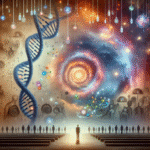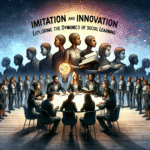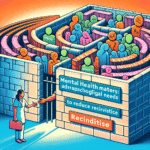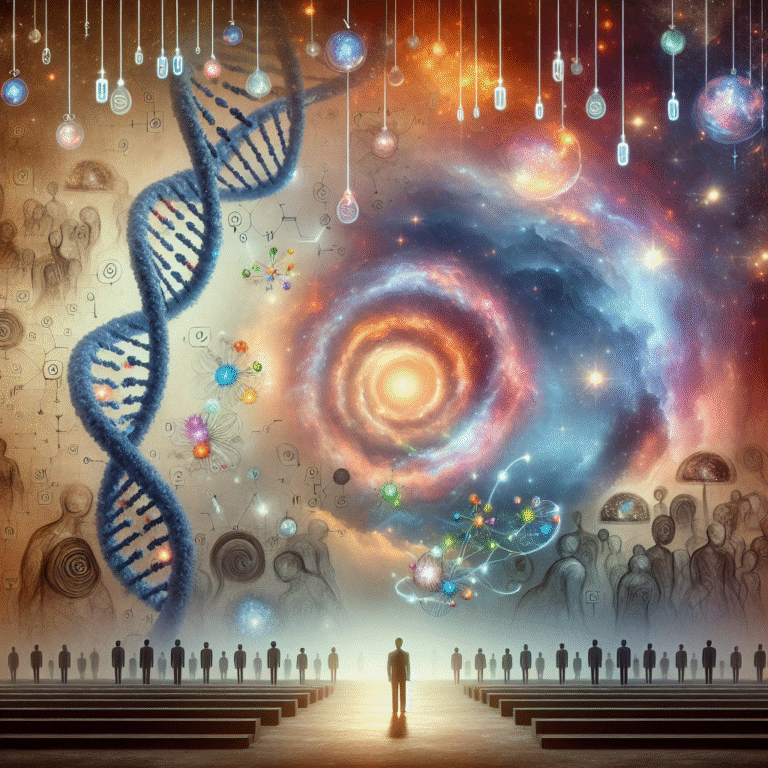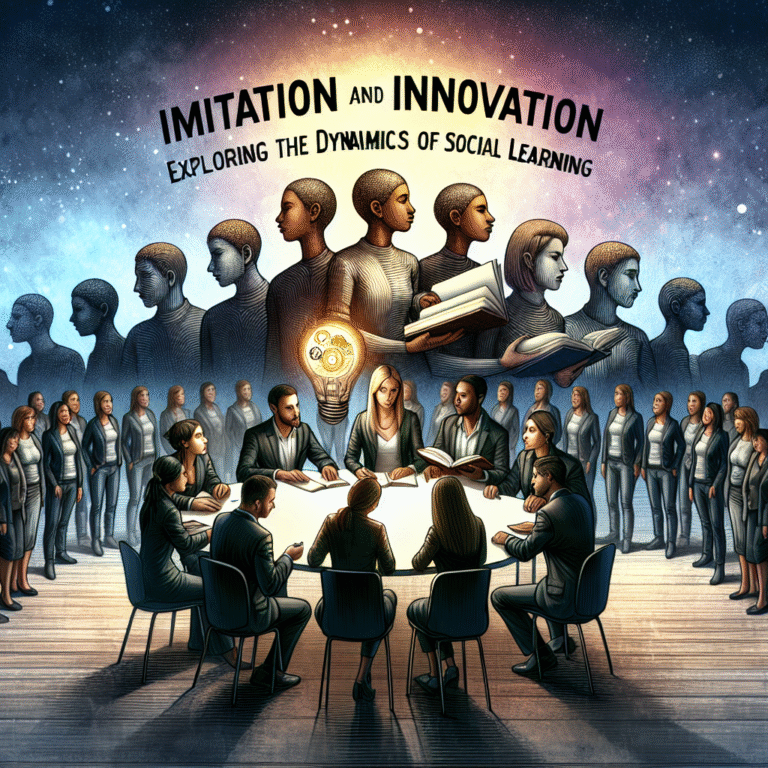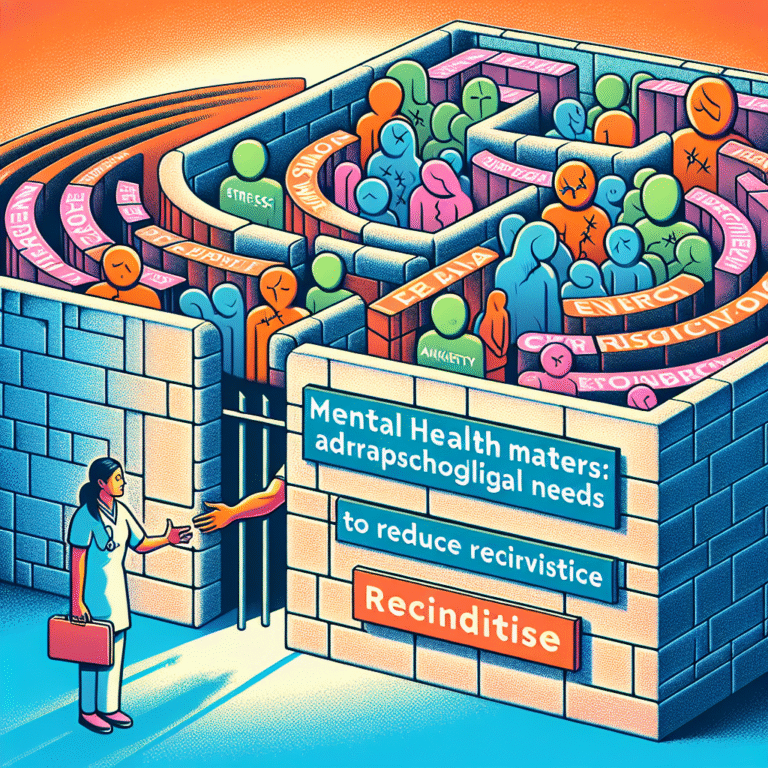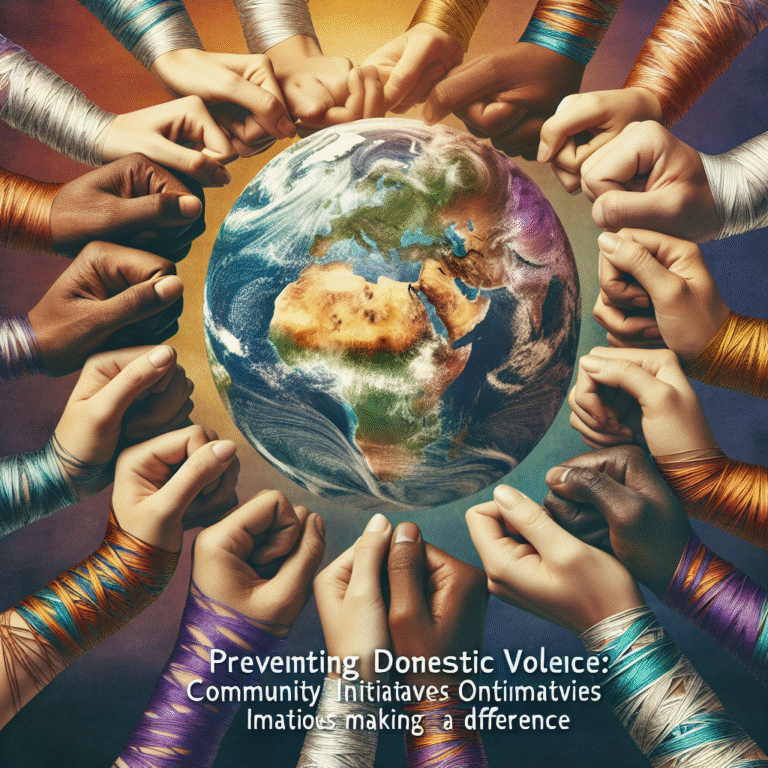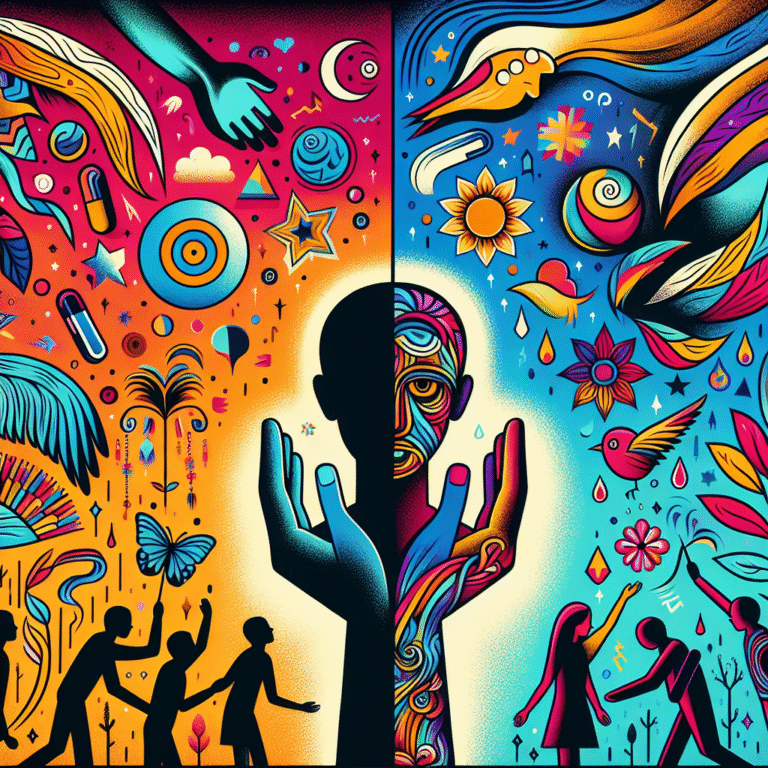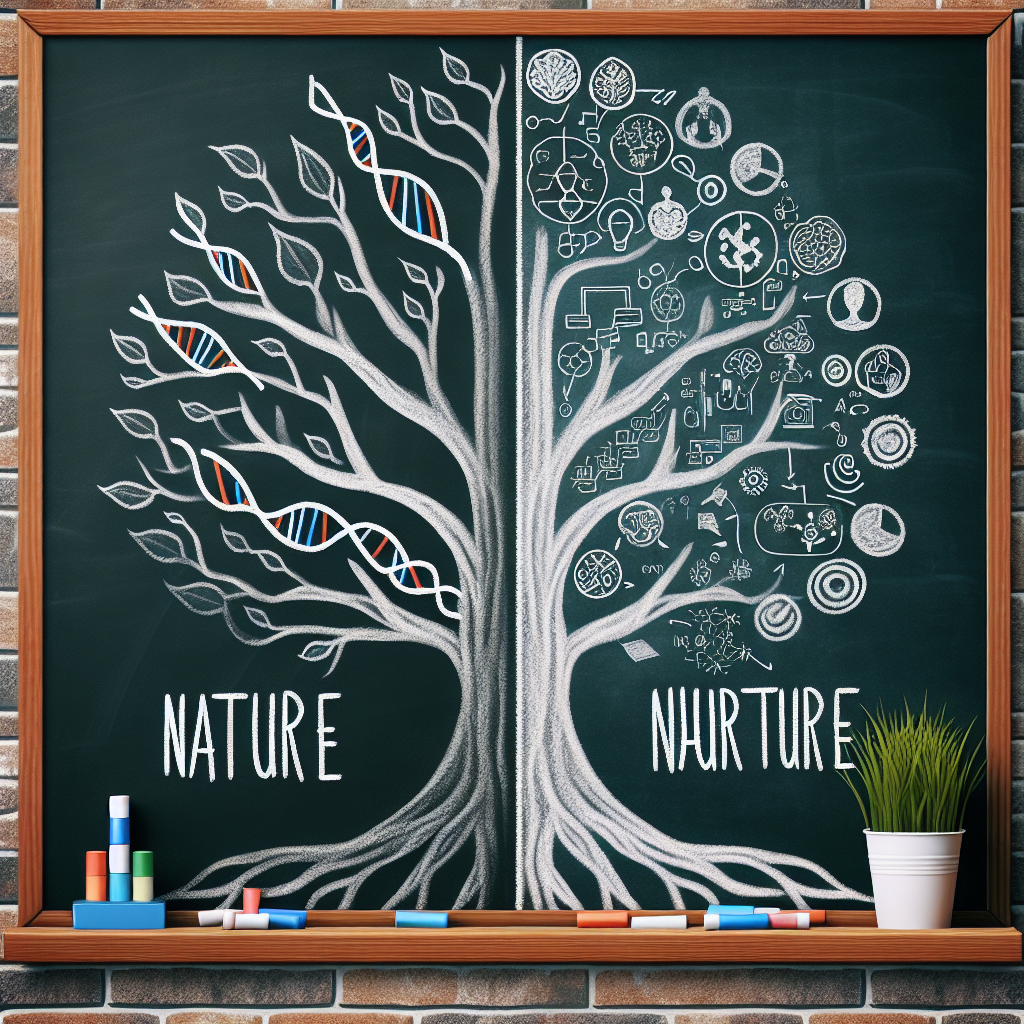
Introduction
In the grand theater of human existence, the age-old debate of nature vs. nurture takes center stage. Are our behaviors, characteristics, and tendencies dictated by our genetic code, or are they shaped predominantly by our environment? The discussion surrounding Nature vs. Nurture: The Debate Continues on Genetic Influences in Human Behavior is not just academic; it impacts parenting, education, psychology, and even public policy. As we delve into this complex interplay, we’ll explore profound insights, case studies, and real-world applications that illuminate this compelling topic.
The Historical Context
The nature versus nurture debate dates back centuries. Philosophers like Aristotle posited that our environment heavily influences us, while scientists later pointed to heredity as a crucial factor. The term "nature" typically refers to genetic influences, while "nurture" encompasses environmental factors, including upbringing, culture, and life experiences.
Key Historical Figures
- Charles Darwin: Pioneered the idea of natural selection, emphasizing biological inheritance.
- John Locke: Proposed the mind as a "tabula rasa" (blank slate), suggesting experiences shape individual behavior.
- Francis Galton: Coined the term "nature vs. nurture" in the late 19th century, advocating for the study of hereditary traits.
The Modern Stance
Today, most scholars acknowledge that both genetics and environment interplay in shaping human behavior. This understanding gives rise to more nuanced questions that address the synergy between our biological makeup and life experiences.
Decoding Genetic Influences
Case Study: Identical Twins
One of the most compelling pieces of evidence in the nature vs. nurture debate comes from studies of identical twins raised apart. Research has shown that identical twins can exhibit strikingly similar behaviors, preferences, and personalities, even when separated at birth.
For example, the Minnesota Twin Study tracked over 100 pairs of identical twins. Findings revealed that traits such as intelligence, sociability, and even risk of mental health disorders had significant genetic correlations. These studies led to remarkable conclusions about the genetic imprint on human behavior.
| Trait | Heritability Estimate |
|---|---|
| Intelligence | 50% |
| Personality (Big Five) | 30-50% |
| Major Depression | 37% |
Analysis
The insights from twin studies challenge the notion that environment is the sole influencer, showcasing the proportional impact of genetic heritage in shaping individual behavior. However, these studies also indicate that genetics alone do not determine fate.
The Role of Environment
Case Study: The Romanian Orphanages
The devastating conditions of Romanian orphanages in the late 20th century provide stark evidence of how environment affects development. Research revealed that children raised in these institutions exhibited severe psychological and emotional delays due to neglect and lack of social interaction.
Key Findings
- Cognitive Delays: Many children had significant IQ deficits.
- Emotional Challenges: High rates of anxiety and attachment disorders were observed.
| Factor of Environment | Impact on Development |
|---|---|
| Emotional Nurturing | Positive attachment |
| Social Interaction | Improved cognitive skills |
| Nutritional Support | Essential for growth |
Analysis
These findings strongly underpin the argument that while genetics provides a foundation, the environment we are nurtured in plays a pivotal role. The children who later received interventions showed remarkable recovery, emphasizing the plasticity of the human brain.
Bridging Nature and Nurture
While the dichotomy of nature vs. nurture is helpful for understanding influences on behavior, a growing body of research points to a synergistic model.
Epigenetics: The Interplay of Genes and Environment
Epigenetics explores how environmental factors can switch genes on or off. For instance, stress, nutrition, and lifestyle choices can lead to changes in gene expression without altering the underlying DNA sequence.
A compelling study demonstrated that identical twins can show different susceptibility to diseases based on their lifestyles. This finding highlights how critical lifestyle choices and environments are in catalyzing or mitigating genetic potentials.
| Environmental Trigger | Genetic Expression Change |
|---|---|
| Chronic Stress | Activation of stress-related genes |
| Diet | Modification of metabolism-related genes |
Analysis
Epigenetics illustrates that the interplay of nature vs. nurture is not a single choice but a complex interaction, deeply enriching our understanding of human behavior.
Genetic Influences in Specific Behaviors
Personality Traits
Research indicates significant genetic components in personality traits, with heritability estimates ranging from 30% to 60%. The Big Five personality traits have been studied extensively, revealing that aspects like openness and conscientiousness can be largely inherited.
Criminal Behavior
Criminality also shows genetic correlations. Studies on adopted children indicate that those with biological parents who had histories of criminal behavior were more likely to exhibit similar tendencies, emphasizing genetics’ role while also showing the influence of environmental factors like parenting and socio-economic conditions.
| Impact on Criminal Behavior | Heritability Rate |
|---|---|
| Genetic Predisposition | 40-60% |
| Environmental Influences | Significant impact |
Analysis
The intersection of genetics and environment is crucial in understanding not just personality but also behavior patterns and choices. Interventions and positive environments can help mitigate potential negative influences.
Contemporary Implications
In a world increasingly shaped by genetic insights, the implications of the nature vs. nurture debate extend into various sectors:
-
Education: Understanding genetic predispositions can pave the way for personalized learning approaches that cater to individual strengths.
-
Mental Health: Prioritizing early interventions in at-risk environments can substantially mitigate the development of mental health disorders.
- Public Policy: Policymakers can formulate strategies that promote protective environments for children, understanding the foundational interplay of nurture and genetic predispositions.
Conclusion
The Nature vs. Nurture: The Debate Continues on Genetic Influences in Human Behavior serves as a profound reminder of our complexity as humans. It is not a battle of one against the other, but rather, an intricate dance where genetics sets the stage, while our environments shape our performances.
As we navigate this multifaceted narrative, it becomes evident that fostering nurturing environments can unlock the potential that our genetic code carries. Understanding and embracing this interplay allows for more thoughtful approaches to parenting, education, and societal structure, helping to raise future generations with awareness of both their roots and the fertile ground needed for growth.
FAQs
1. Is intelligence mainly determined by genetics?
While genetics plays a significant role in determining intelligence, environmental factors such as education and life experiences also have substantial impacts.
2. Can environmental changes affect genetic predispositions?
Yes, environmental changes can lead to epigenetic modifications that influence gene expression, potentially altering how traits are expressed.
3. What is the most impactful factor in child development?
Both genetics and environment are crucial; however, a nurturing environment can mitigate some of the negative effects of adverse genetic traits.
4. Does the nature vs. nurture debate have practical implications?
Yes, understanding this interplay can inform better policies in education, healthcare, and social services, ultimately benefiting individual and societal outcomes.
5. Can therapy help change genetically influenced behaviors?
Therapy can assist individuals in coping with and managing behaviors influenced by genetics, particularly when combined with positive environmental changes.
In conclusion, the nature vs. nurture debate continues to evolve, reminding us that both elements are integral to the tapestry of human behavior. Embracing this complexity is not just an academic exercise but a pathway to enhancing lives and futures.
